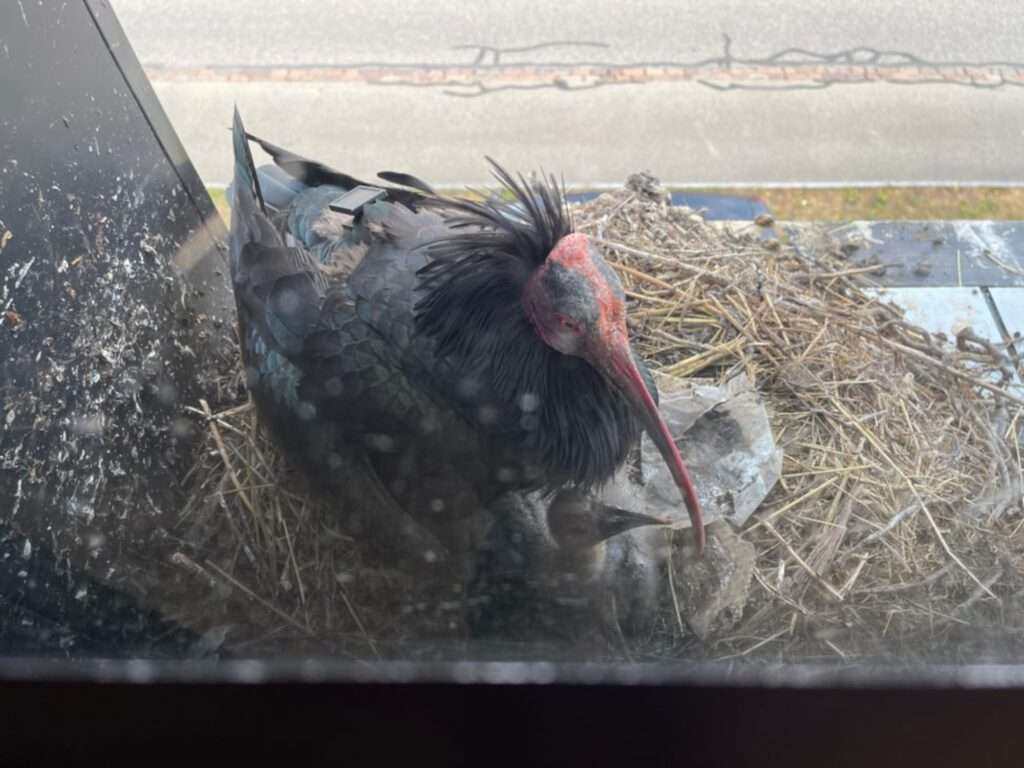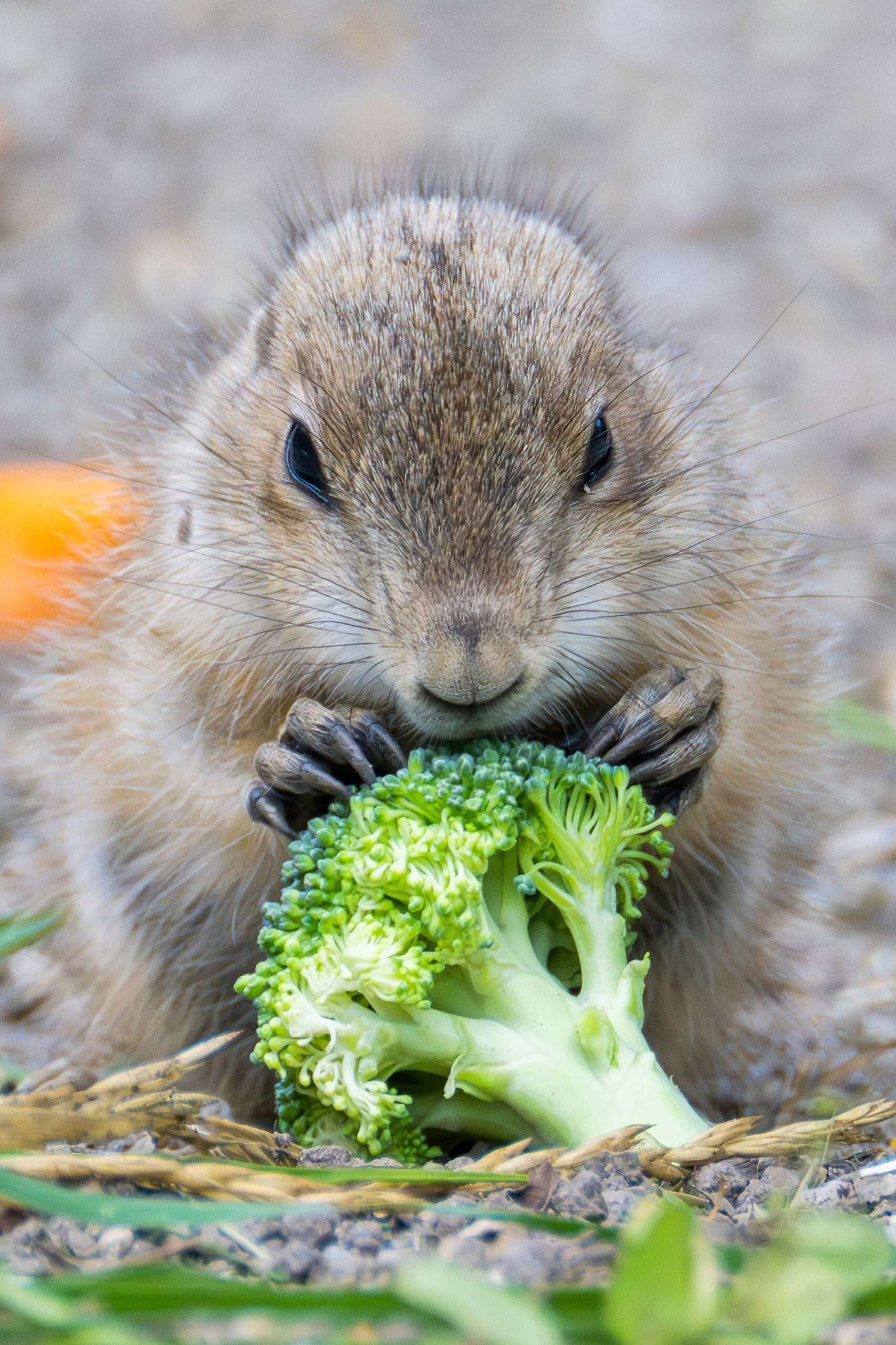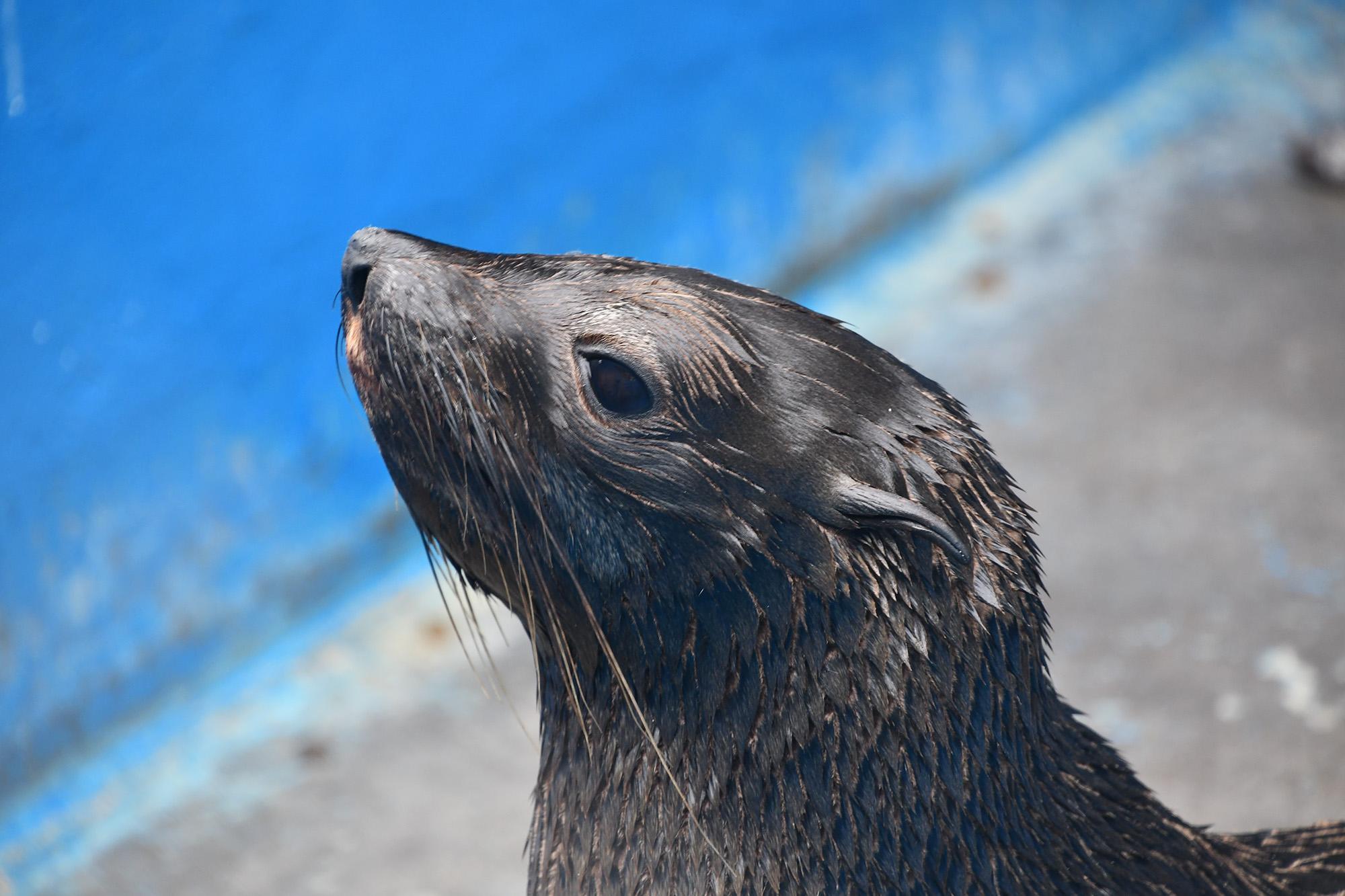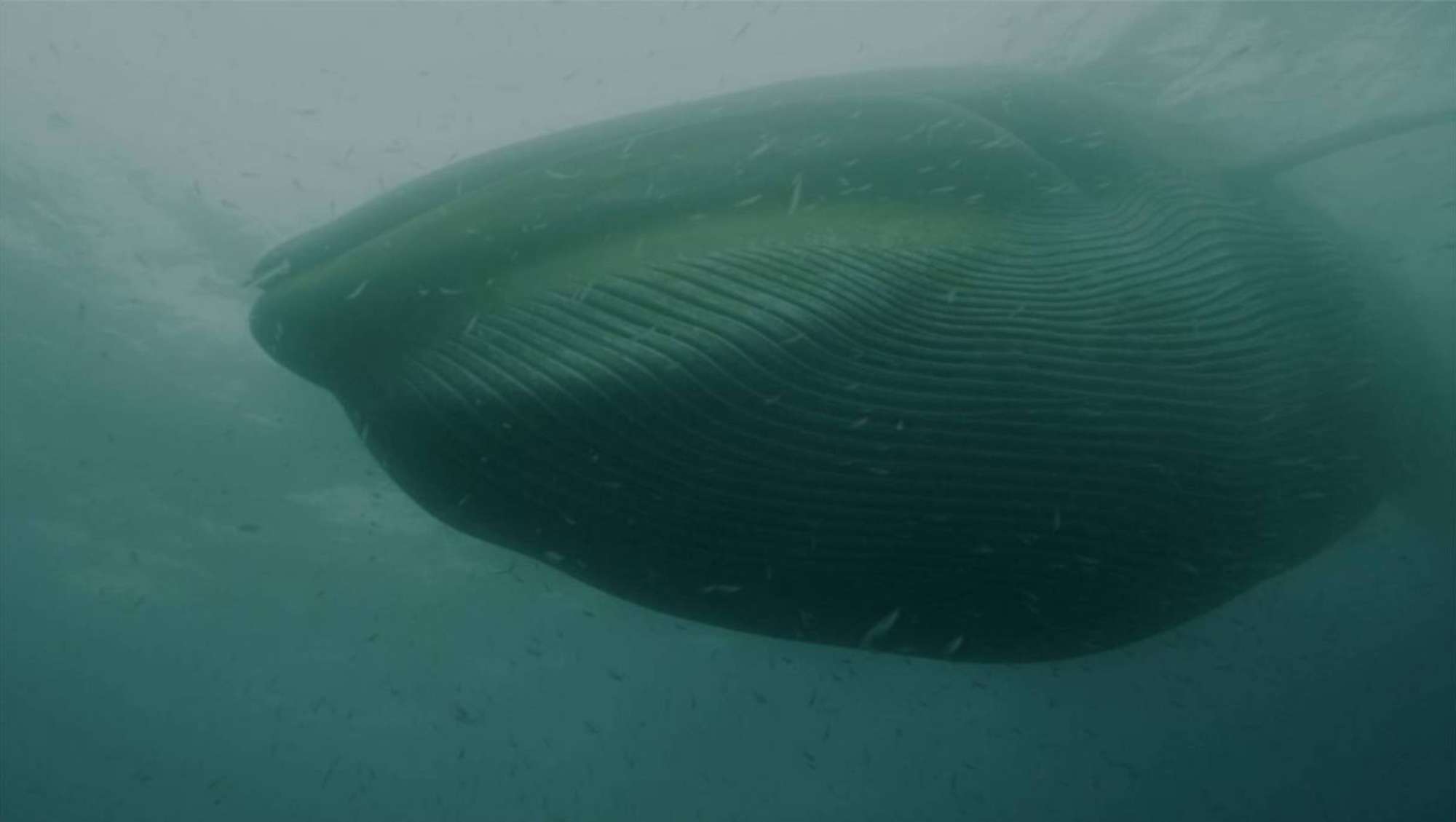Experts are now using GPS tracking systems to keep an eye on rare wild ibises and hunt down poachers.
The birds are considered to be some of the world’s most threatened with extinction.
Their status was recently upgraded from ‘critically endangered’ to ‘endangered’ following successful breeding programmes in Austria and Germany led by the Waldrappteam conservation organisation.
But many of the birds are now being shot by unscrupulous poachers.
Three birds were reportedly shot recently in Italy.

Researchers are now using GPS to keep track of the birds and to track down poachers, with Professor Klaus Hacklaender from the German Wildlife Foundation, which supports the Waldrapp team, saying: “GPS is one of the most important instruments for tracking the birds’ flight routes and perhaps also for tracking bird hunters better in the future.”
The technology can also reveal if the bird is lying down, if it is lifeless, or if it is moving, with Laura Stefani from the Waldrappteam support group saying: “If we notice that a Waldrapp has obviously died, we always call the local police and ask if they can collect the body. Only through the police can we pursue a criminal case.”
Local media said that illegal bird hunting has a long tradition in Italy, with hotspots in Apulia, Sicily, Sardinia, the southern Tyrrhenian coast, the Po Delta and Lombardy, and the wild ibis is no exception.
Stefani said that “43 percent of cases occur in these areas”, adding: “In addition to modern technology, the legal framework must also be improved in order to prosecute wildlife crime.”

The species, recognisable for its tousled neck feathers and long curved neck, nearly went extinct due to illegal hunting in the 17th century.
It has been listed as ‘endangered’ on IUCN’s Red List of Threatened Species since 2018 after the Waldrapp reintroduction project helped revive the species up from ‘critically endangered’.










